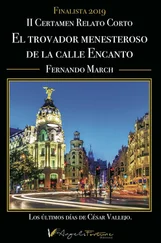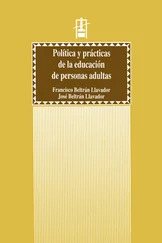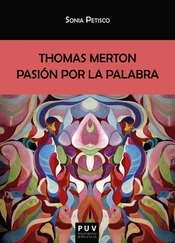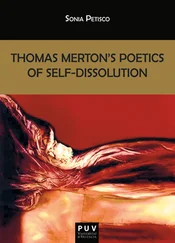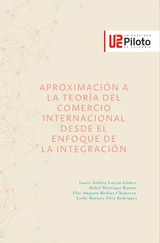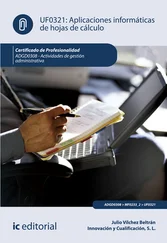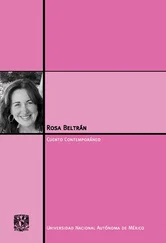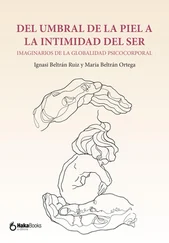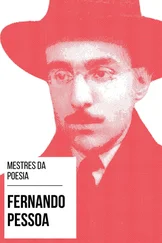6 Sirva como muestra el siguiente extracto: “So it was decided Hiroshima was the most opportune target, as it had not yet been bombed at all. Lucky Hiroshima! what others had experienced over a period of four years would happen to Hiroshima in a single day! Much time would be saved, and ‘time is money’! When they bombed Hirsohima they would put the following out of business: The Ube Nitrogen Fertilizer Company; the Nippon Motor Oil Company; the Sumitoma Chemical Company; Sumitoma Aluminum Company; and most of the inhabitants” (OCB, sin paginar).
7 Como denomina Raboteau (2016) a estos siete americanos, “religiosos radicales (en) su lucha por la justicia social y política”: Abraham Joshua Heschel, A.J. Muste, Dorothy Day, Howard Thurman, Thomas Merton, Martin Luther King Jr. y Fannie Lou Hamer.
8 http://w2.vatican.va/content/francesco/es/speeches/2015/september/documents/papa-francesco_20150924_usa-us-congress.html
9 Término japonés propio de la práctica de una rama del zen; de él dice Taizan Maezumi Roshi, en la presentación de la compilación Barrera sin puerta , ed., Zendo Betania, Madrid, 1986, 15, que “es, en un sentido muy exacto, una piedra de toque de la realidad. Recoge un caso que representa un momento clave en la práctica y el camino de autorrealización, siendo este examinado más a partir de la experiencia que por lógica discursiva o lineal”. Véase, además, El koan zen , de Toshihiko Izutsu, Eyras, Madrid, 1980.
10 Ramón Cao Martínez ha escrito su libro sobre Thomas Merton como diarista a partir de una doble premisa: “que el Merton más genuino (o uno de los más genuinos) es, tal vez, el que se halla en las páginas de sus diarios; y que ese puede ser el Merton más accesible para la gran mayoría de las mujeres y hombres de hoy” ( Ocultarse en una hoguera: Thomas Merton a través de sus diarios , Eurisaces, Oursense, 2015, 15).
11 Anthony Thomas Padovano, The Human Journey. Thomas Merton: Symbol of a Century , Ph.D. Dissertation, Fordham University, New York, 1980.
12 Ibid., 6.
13 Leo Marx, The Machine in the Garden: Technology and the Pastoral Ideal in America , Oxford University Press, New York, 1964.
14 Perry Miller, The New England Mind: The Seventeenth Century , Harvard University Press, Cambridge, Massachussets, 1939.
15 Una exhaustiva selección de estudios doctorales en ese campo de trabajo queda recogida en Montgomery, Michael, comp., American Puritan Studies: an Annotated Bibliography of Dissertations, 1882-1981 , Greenwood Press, Westport, Connecticut, 1984.
16 En su propia autobiografía, al reconsiderar el término “virtud” a la luz del pensamiento de Maritain, Merton afirma categóricamente: “I was never a lover of Puritanism” (SSM: 204).
17 En sus ensayos recogidos en Thomas Merton: Preview of the Asian Journal , Crossroad, New York, 1989 bajo los reveladores títulos de “The Sacred City” (publicado por primera vez en The Center for the Study of Democratic Institutions Magazine 1, nº 3, March 1968: 73-77) y “The Wild Places” (publicado en esa misma revista en el nº 5, July 1968: 40-45).
18 “The Wild Places”, op. cit., 97-98.
19 Fernando Beltrán, William Bradford o la contradicción puritana: la paradoja pastoral en la crónica “Of Plymouth Plantation ”, Tesis de Licenciatura, dirigida por D. Enrique García Díez, Facultad de Filología, Universidad de Valencia, 1986.
20 “The Wild Places”, op. cit., 99.
21 Esa es la posición que sostiene Dennis Q. McInerny, en “Thomas Merton and the Tradition of American Critical Romanticism”, en Brother Patrick Hart, ed., The Message of Thomas Merton , Cistercian Publications, Kalamazoo, Michigan, 1981, 166-191.
22 O, aún desde otra formulación todavía más general, entre el “ser humano” y la “naturaleza”. La tesis de Carolyn Merchant, desde ese punto de vista, queda resumida en estas dos citas, del principio y del final de su libro, del todo congruentes con la propia evolución de Merton. Merchant define así el presupuesto de partida de su análisis y su propósito: “New England is a mirror on the world. Changes in its ecology and society over its first 250 years were rapid and revolutionary. Only through a historical approach can the magnitude and implications of such changes for the human future be fully appreciated. What took place in 2.500 years of European development through social evolution came to New England in a tenth of that time through revolution... Yet the implications extend far beyond the confines of New England. As the American frontier moved west, similar ecological revolutions followed each other in increasingly telescoped periods of time. Moreover, as Europeans settled other temperate countries throughout the world, colonial ecological revolutions took place. Today, capitalist ecological revolutions are occuring in many developing countries in a tenth of New England’s transformation time.” Y si podemos hacer uso de la expresión utilizada por el mismo Merton, “mental ecology”, la misma queda definida igualmente por Merchant en su epílogo: “An ecological transformation in the deepest sense entails changes in ecology, production, reproduction, and forms of consciousness. Ecology as a new worldview could help resolve environmental problems rooted in the industrial-mechanistic mode of representing nature. In opposition to the subject/object, mind/body, and culture/nature dichotomies of mechanistic science, ecological science sees
complexity and process as including both culture and nature. In the ecological model, humans are neither helpless victims nor arrogant dominators of nature, but active participants in the destiny of the web of which they are a part” (Carolyn Merchant, Ecological Revolutions: Nature, Gender and Science in New England , The University of North Carolina Press, Chapel Hill and London, 1989, 1-2, 270).
23 Sintetizado, en contraste con su noción contraria, en el ensayo de William H. Shannon, “Thomas Merton and the Discovery of the Real Self”, en Brother Patrick Hart, ed., The Message of Thomas Merton , Cistercian Publications, Kalamazoo, Michigan, 1981, 192-203.
24 C. B. MacPherson, The Political Theory of Possessive Individualism , Oxford University Press, Londres, 1962, 263.
25 “The Wild Places”, op. cit., 100.
26 Ibid., 101.
27 En Thomas Merton Spirituality , Arena Lettres, NJ, USA, 1979, una grabación sobre la espiritualidad de Merton.
28 Gisbert Greshake, Espiritualidad del desierto , PPC, Madrid, 2018, 10.
29 “In December 1965, an Iranian psychologist, Dr. Reza Arasteh, asked Merton to write an introduction to a study on final integration. Tom declined, for his publisher, James Laughlin, had urged him to cut back on such writing. (Unicorn Press published a volume of Tom’s introductions, Introductions East and West ). When Tom received Arasteh’s published volume in January 1968, however, he spontaneously wrote a review article on it that was published in Monastic Studies a few weeks before his death. It was reprinted as the crowning piece of the first part of Contemplation in a World of Action ). Dr. Arasteh and Thomas Merton see final integration lying in a transcultural maturity that enables a person to apprehend his or her life fully and wholly from an inner ground. Such a person is, in a certain sense, ‘cosmic’, a ‘Universal Man’. He is Saint Paul’s ‘all things to all men’. This person has a deep inner freedom, the freedom of the Spirit; this person has an openness, an emptiness, and purity, entirely docile in the Spirit. No longer limited by his or her culture, this person is truly ‘catholic’, with a unified vision and experience of the One. Tom sees this precisely as the monastic ideal, this sort of freedom in the Spirit, this liberation from all that is merely partial and fragmentary in a particular culture. To indicate to Dr. Arasteh how consonant was their thinking on these matters Tom sent him a copy of ‘Rebirth and the New Man in Christianity’, in which he says, “The ‘new being’ of the Christian, his ‘new creation’, is the effect of an inner revelation which, in its ultimate and most radical significance, implies complete self-trascendence and transcendence of the norms and attitudes of any given culture, any merely human society’” (M. Basil Pennington, OCSO, op. cit., 135).
Читать дальше


